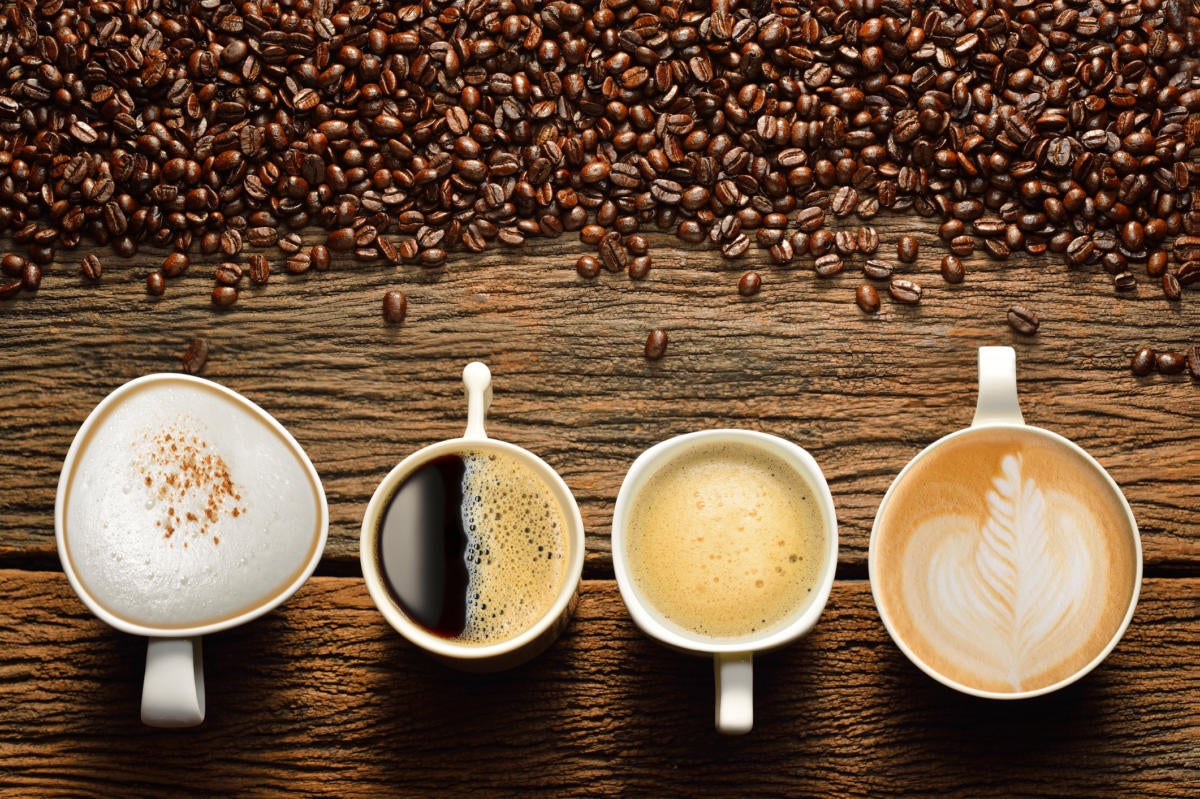
Espresso is the basis for the majority of the coffee and milk based beverages on the menu. The material expenses are around 15 cents to make a shot of espresso, and about 35-40 cents to make a mocha, latte or cappuccino? Obviously, staffing, location and devices add a lot to the cost, but the low consumable expenses vs. high market prices are among the primary factors many coffee shops are emerging in towns throughout America.
Follow the link for the full article it's espresso, not expresso.
This guide provides the practical info needed for you to select the ideal espresso devices for your home, office, or business. Without a strong knowledge of the different espresso makers, the decision process may be confusing and somewhat overwhelming simply due to the fact there are so many models to pick from. This guide is not very brief, but investing the time to read it will significantly improve your buying experience.
Espresso is simply another method by which coffee is brewed. There are several ways of developing coffee that include making use of a range leading coffee machine, percolator, French press (or coffee press), vacuum pot and others. Espresso is brewed in its own special way.
Espresso is a beverage that is produced by pushing hot water, between 192F and 204F, at high pressures, through a bed of finely ground, compressed coffee. The shot is brewed for roughly 25 to 30 seconds, and the same time applies to both a double or single shot (double baskets are larger, with more screen location, and the coffee streams much faster - single baskets restrict the flow more, leading to 1.5 ounces in 25-30 seconds).
An espresso device brews coffee pushing pressurized water close to boiling point through a "compacted disk" of coffee grounds and a filter in order to create a thick, concentrated coffee called espresso. The first piece of equipment for making espresso was constructed and patented in 1884 by Angelo Moriondo of Turin, Italy. Check this Twitter Moments collection for an in-depth introduction to the espresso machine.
⚡️ “How to Choose an Espresso Machine” by @coffeeblogger1 https://t.co/sTC6SIx6Yw
— Coffee Lover (@coffeeblogger1) February 28, 2021
The resulting beverage, either a single or a double, is topped with a dark golden cream, called crema when brewed properly. Crema is one of the visual indications of a quality shot of espresso. Drinking an espresso remains in itself an art type of sorts. In Italy, where most true espresso is bought in a coffee shop, it is traditional to lift cup and dish, smell the shot, and drink it in 3 or 4 quick gulps. You complete the "ceremony" by clacking the cup back on the saucer in a firm but not-too-hard way.
Espresso is confusing because more often than not, it isn't prepared properly. Real espresso, brewed with a pump or piston driven espresso device is extremely requiring on the bad coffee bean grinds. However prior to we enter the relative 'torture' that ground coffee is put through to produce a superior espresso, let us take a step back and go over a bit more the mistaken beliefs about the beverage.
Espresso is not a kind of bean: This is a typical mistaken belief, and inaccurate marketing by coffee chains, grocery stores, and even word of mouth provide the impression that espresso is a kind of bean. Any coffee bean can be used for espresso, from the most typical Brazils to the most exotic Konas and Ethiopian Harar coffees.
Espresso is not a type of coffee blend: This one is likewise a typical misunderstanding, but with some reality to the claim in that there are specific blends created for espresso. The issue is, many individuals believe there is only one kind of blend that is matched for espresso. Numerous high quality micro roasters would disagree with this - Roaster Craftsmen the world over work vigilantly on their own variation of "the best espresso blend".
Espresso is not a Roast Type: Another popular mistaken belief is that espresso can only be roasted one way (and typically the idea is that espresso needs to be incredibly dark and glistening with oils). The Northern Italian way of roasting for espresso is producing a medium roast, or more frequently known as a "Full City" roast if you like on the west coast of the USA.
Espresso is the basis for most of the coffee and milk based drinks on the menu. Espresso is a beverage that is produced by pushing hot water, between 192F and 204F, at high pressures, through a bed of finely ground, compacted coffee. True espresso, brewed with a pump or piston driven espresso maker is extremely requiring on the bad coffee bean grinds. Espresso is not a type of blend: This one is also a common misunderstanding, but with some reality to the claim in that there are particular blends designed for espresso. Espresso is not a Roast Type: Another popular misconception is that espresso can only be roasted one method (and usually the thought is that espresso must be extremely dark and sparkling with oils).
The full how to, and more espresso preparation info at Coffee-Brewing-Methods.com